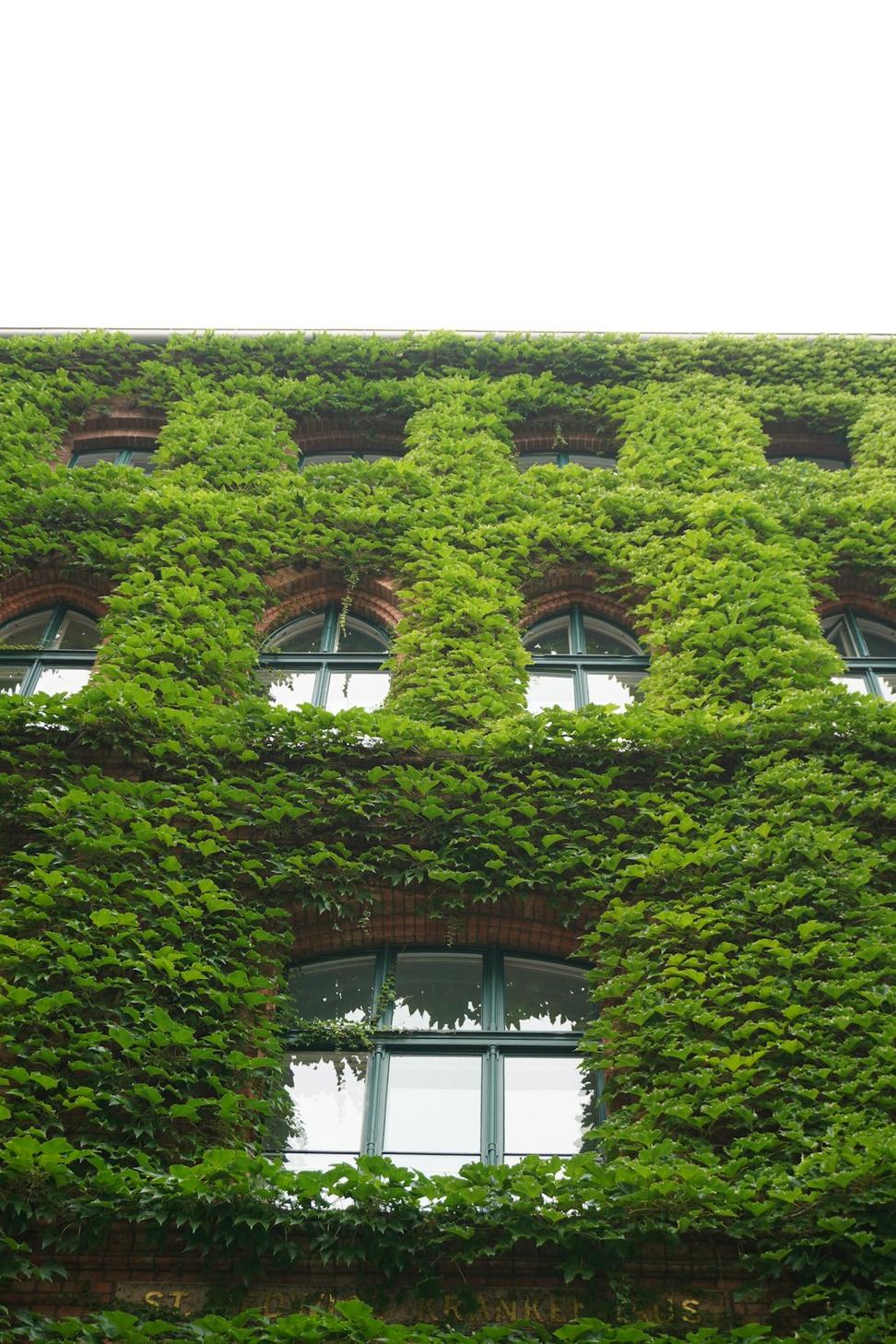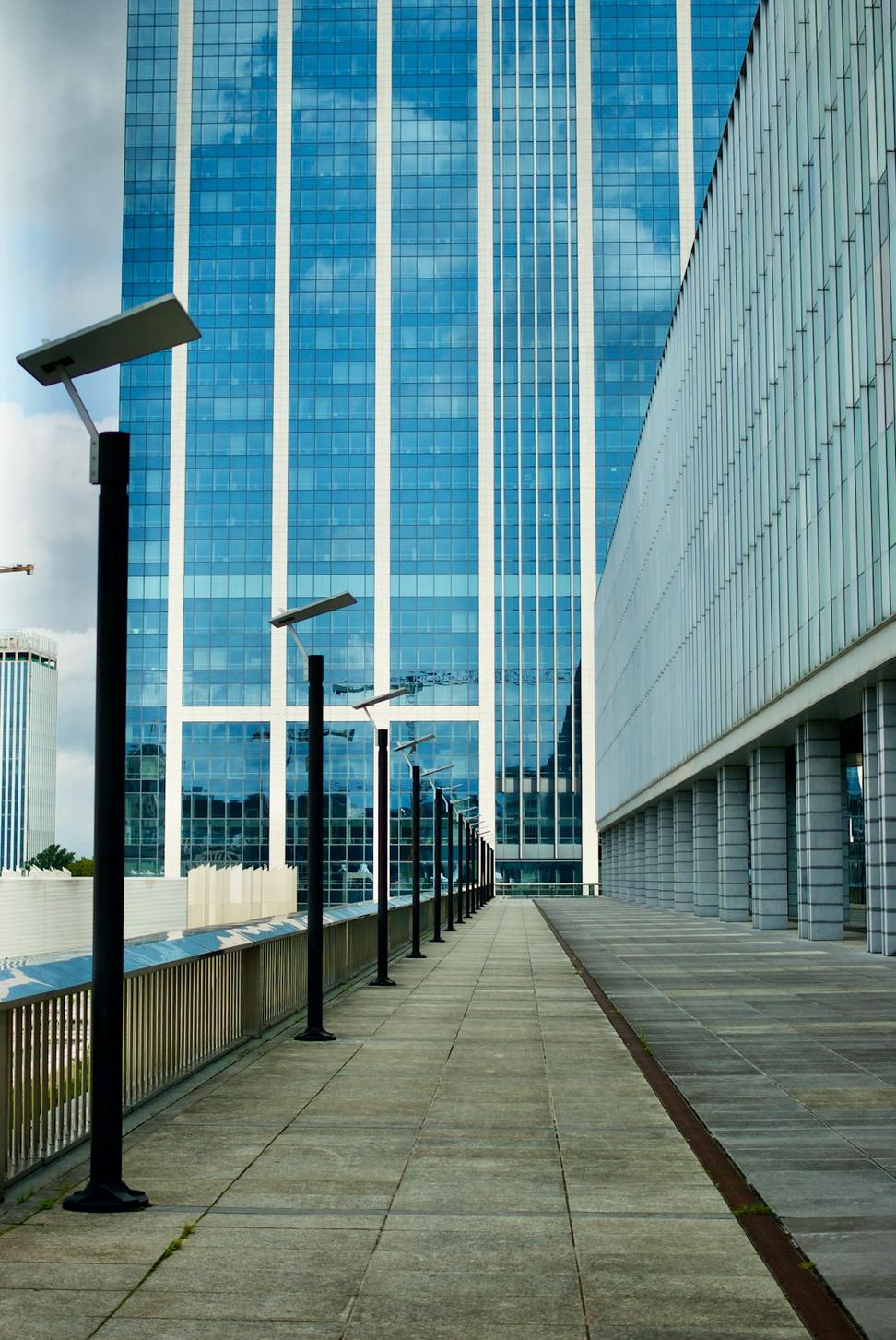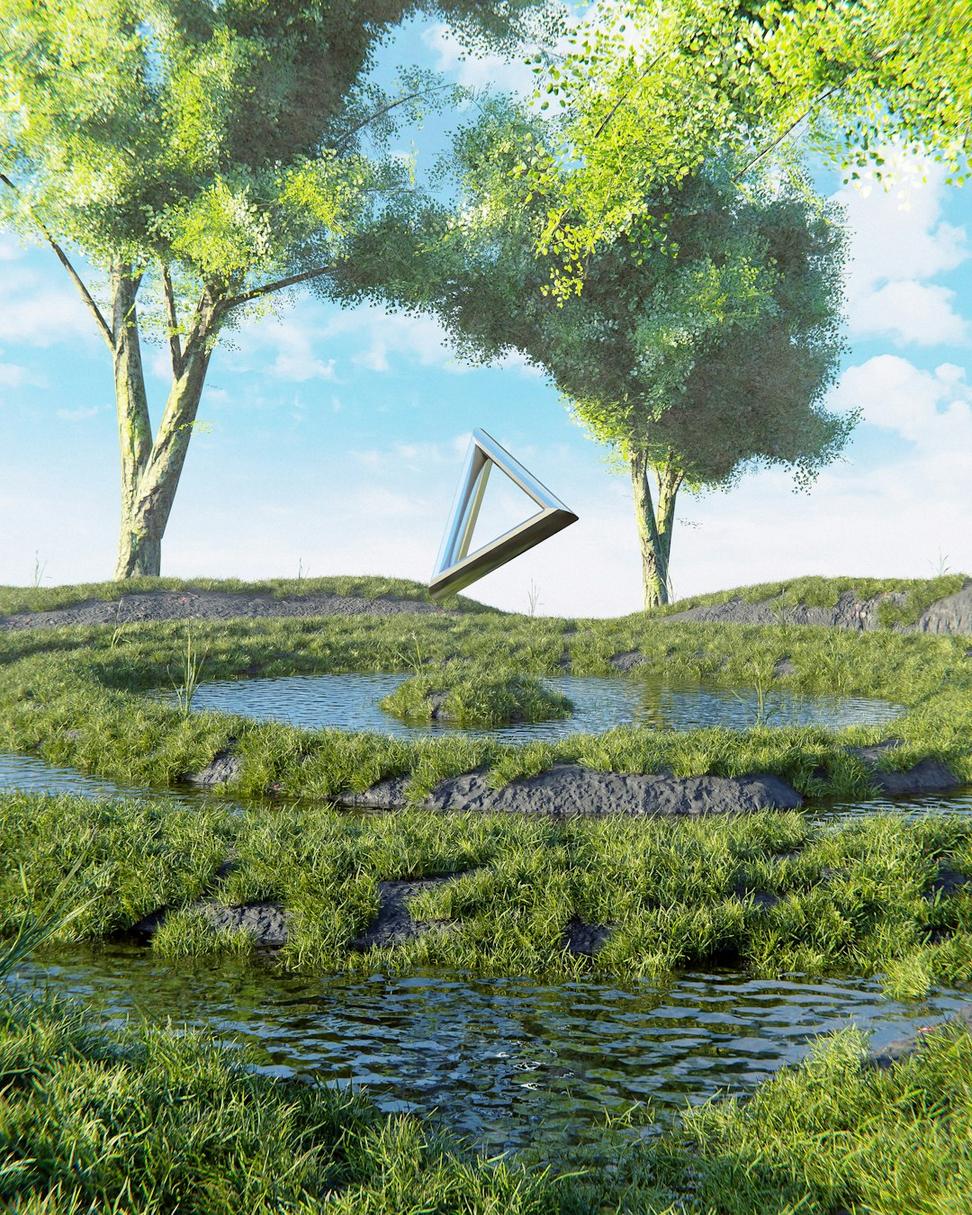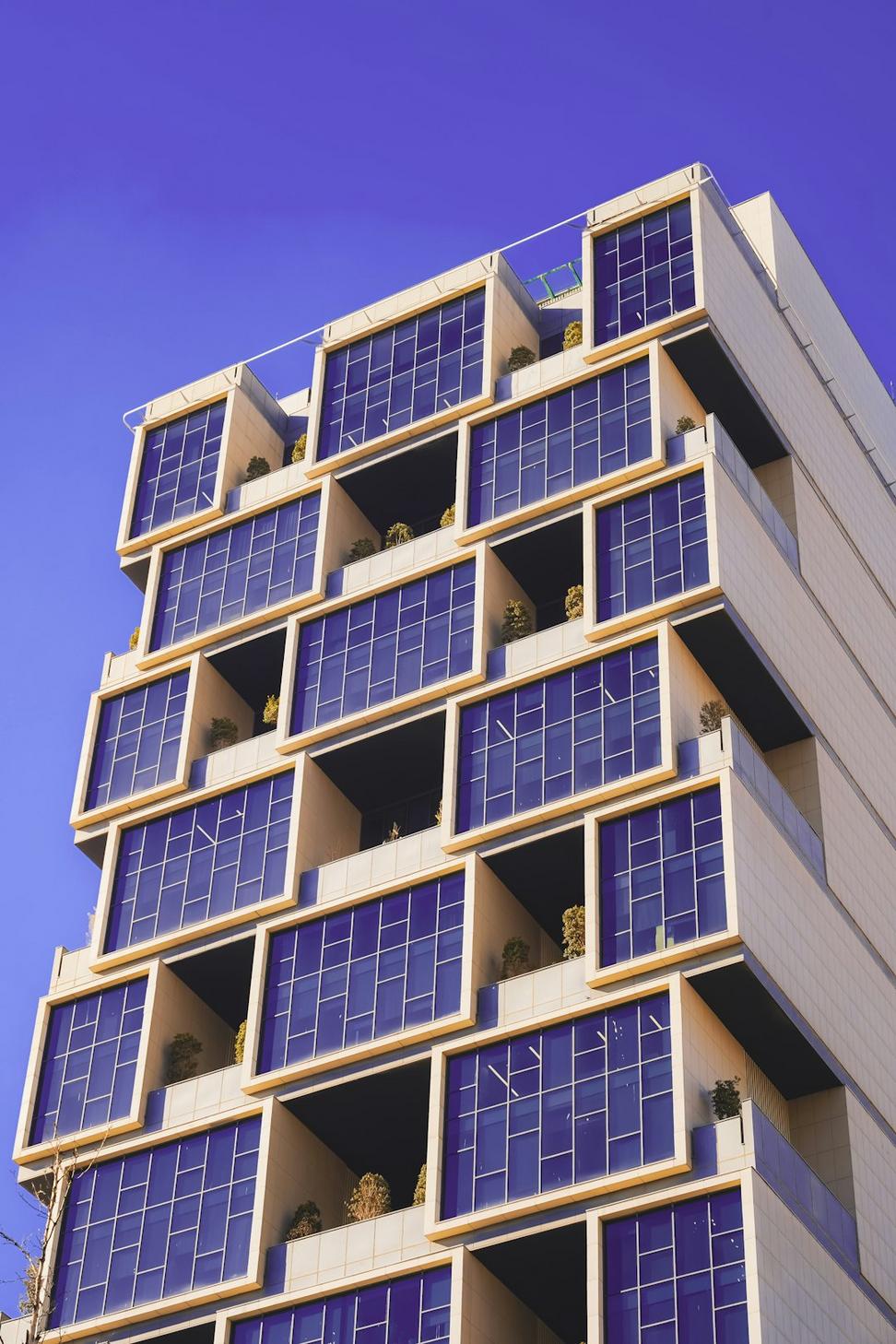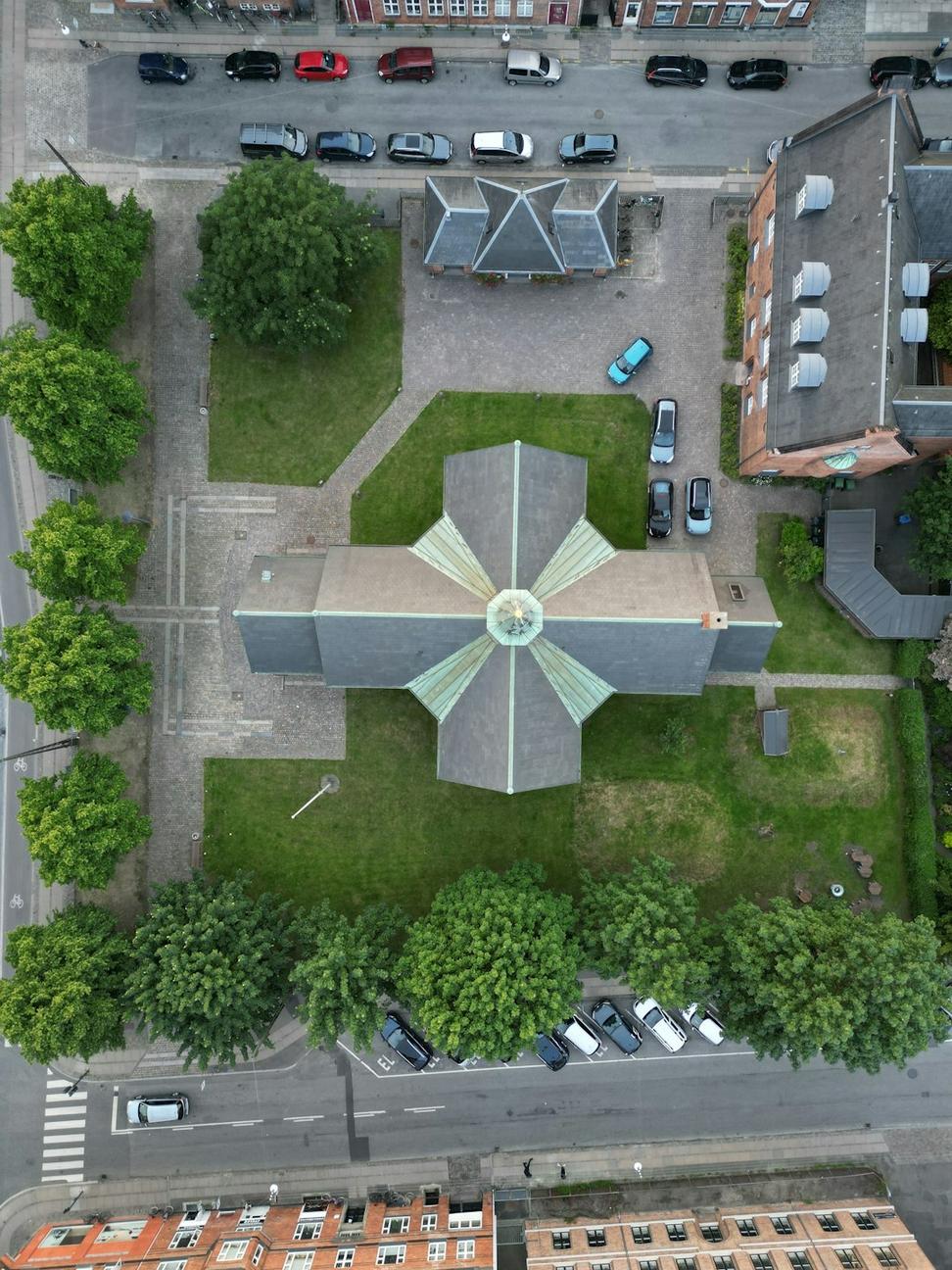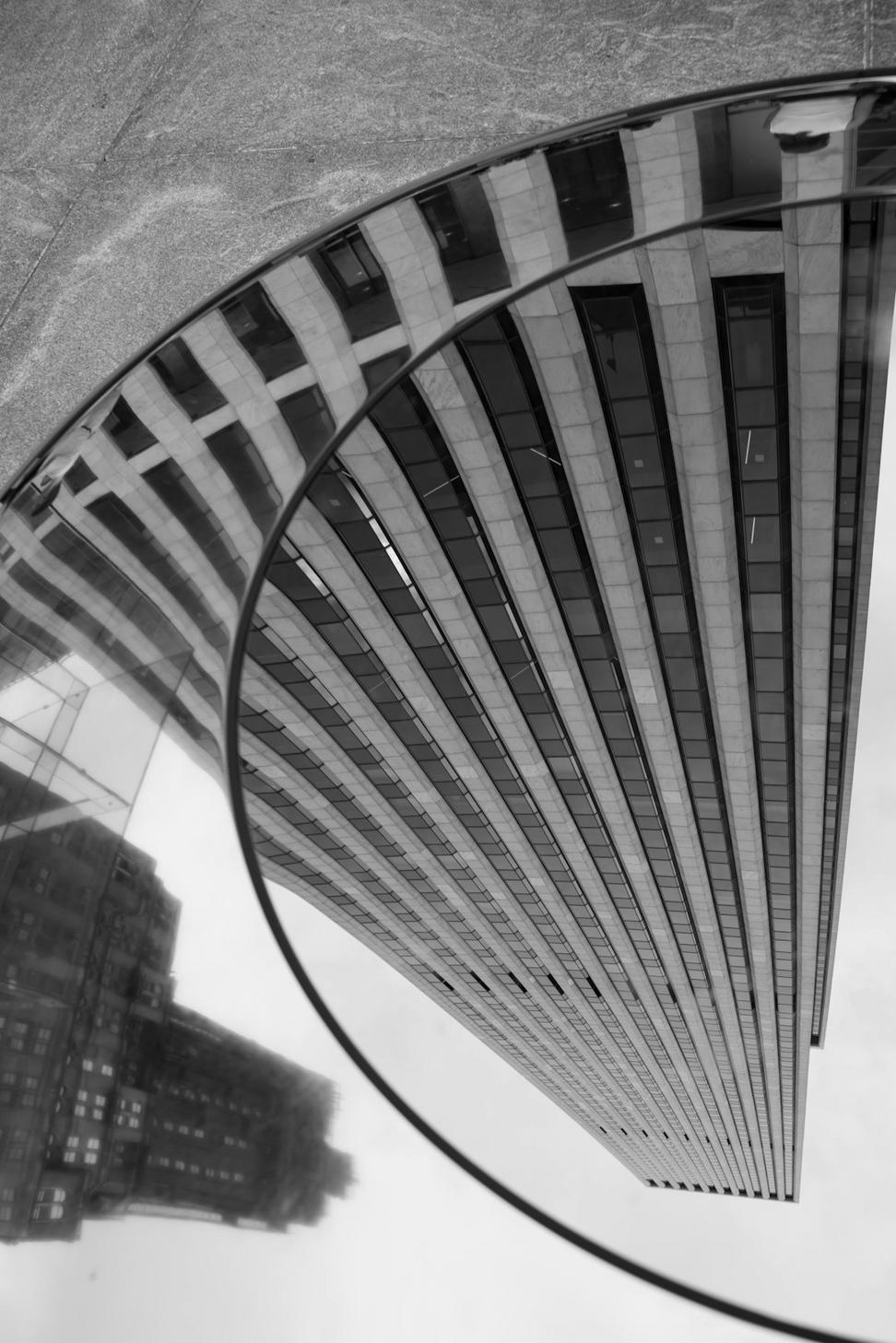Real Numbers, Not Just Green-Washing
Look, anyone can slap "eco-friendly" on their website. We track actual metrics because that's what matters. Here's what we've accomplished over the past five years working across Toronto and beyond.
Water Conservation
3.8M
Liters of water saved annually across our portfolio
Rainwater harvesting systems, low-flow fixtures, and greywater recycling aren't optional extras for us - they're standard practice.
Carbon Offset
2,450
Tons of CO2 prevented yearly
That's equivalent to taking about 530 cars off the road. We calculate embodied carbon during design, not after construction.
Material Diversion
89%
Construction waste diverted from landfills
We spec materials with recycled content and plan for deconstruction - because buildings don't last forever.
